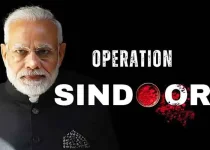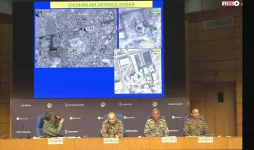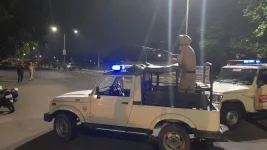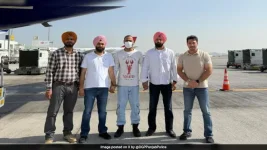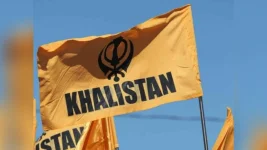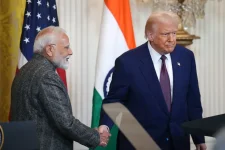- Views: 692
- Replies: 1

The Indian Air Force (IAF) is grappling with its lowest squadron strength since the 1965 war with Pakistan, raising serious concerns about the nation's combat readiness against potential threats from China and Pakistan.
Delays in the production of indigenous fighter jets, coupled with the phasing out of aging aircraft, have exacerbated the situation, leaving the IAF with only 31 squadrons compared to the sanctioned strength of 42.
Air Chief Marshal A.P. Singh recently acknowledged the criticality of the situation, stating that the IAF will fight with "whatever we have." This declaration underscores the growing anxiety surrounding the protracted delays in the production of the Tejas Light Combat Aircraft (LCA), a domestically developed fighter jet. These delays have forced the IAF to retire numerous Soviet-era aircraft without adequate replacements.
"Bringing in new aircraft takes time, not just for procurement but also for pilot training and establishing operational support," Air Chief Marshal Singh explained, emphasizing the need to maintain a minimum of 30 squadrons. He urged increased collaboration between private companies and the state-owned Hindustan Aeronautics Limited (HAL) to expedite the production of new aircraft.
Defence analyst Ashok Mehta highlighted the dual threat posed by Pakistan and China, stating that India's current squadron strength is insufficient to engage both countries simultaneously. "With just 31 squadrons, our current strength only allows us to defend against attacks, but it isn’t strong enough to actively discourage or prevent potential threats from China," Mehta warned.
India's ambitious pursuit of self-reliance in defence production, exemplified by the "Make in India" initiative and the development of the Advanced Medium Combat Aircraft (AMCA), a fifth-generation stealth fighter, is facing challenges. While the policy has boosted India's defence exports and reduced reliance on imports, it has also been criticized for contributing to delays in acquiring advanced weaponry.
"The focus on Make in India is still a topic of debate," Mehta said, estimating that it may take another two decades to fully realize its objectives.
Despite these challenges, India remains the world's largest arms importer, accounting for 9.8% of global arms imports between 2019 and 2023, according to The Economic Times. This highlights the ongoing tension between the desire for self-reliance and the need to maintain a modern and capable air force.
To address the shortfall, the IAF is set to receive 16 Tejas LCA Mk-1A jets by March 2025 to replace its aging MiG-21 fighters. Further plans include the procurement of 97 more LCA Mk-1A jets and a deal with GE Aerospace to manufacture 99 F414 engines for the advanced Tejas LCA Mk-2.
Experts are urging India to accelerate the development of advanced weapons technology and diversify its partnerships. As India reduces its reliance on Russian military equipment, it is increasingly looking towards Western partners like the US and France for technology transfer and collaboration.
"The asset-light approach is outdated," said Salil Gupte, president of Boeing India, advocating for deeper investments in long-term operational readiness and the development of a robust supplier network.
The delays in bolstering the IAF's squadron strength, coupled with low defence spending (less than 2% of GDP), raise concerns about India's preparedness for potential conflicts. Experts warn that a "laid-back attitude" towards the risk of conflict with China could have serious consequences for national security.
As India navigates a complex geopolitical landscape, balancing its aspirations for self-reliance with the urgent need to modernize its air force remains a critical challenge.

